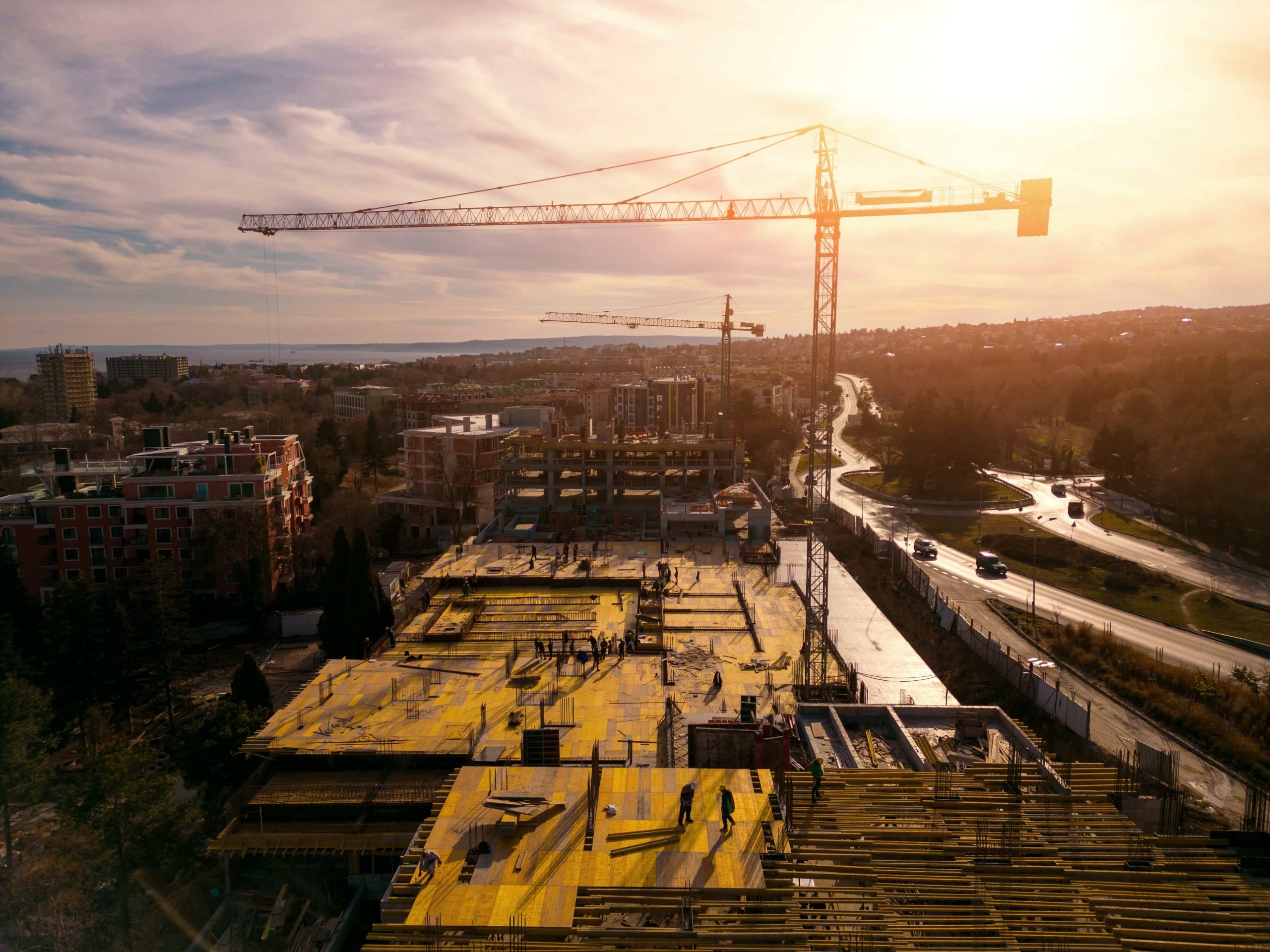According to the Philippine Statistics Authority (PSA), construction emerged as the primary driver of this growth, expanding by a robust 10.1 percent in real terms over the same period in 2022. This surge in construction activity contributed 8.5 percent of year-over-year GDP growth, the largest sectoral contribution. Arsenio Balisacan, secretary of the National Economic and Development Authority (NEDA), attributes the growth to vigorous private and public construction efforts. Balisacan also expects ongoing benefits from initiatives such as the “Build-Better-More” program and the Pambansang Pabahay para sa Pilipino Housing program (4PH). The construction industry, along with wholesale and retail trade and financial activities, makes a significant contribution to 2023’s 5.6% annual GDP growth.
The building and construction industry’s record-high contribution to the economy demonstrates its resilience in the face of a minor growth slowdown, as well as its critical role in driving economic resurgence. This strong economic performance highlights promising opportunities, particularly in the real estate market, as evidenced by the increasing demand like house and lots in Cavite.
Vista Land maintains its position as the enduring leader in the real estate sector despite the Philippine economy’s significant growth in the fourth quarter of 2023. Vista Land’s comprehensive approach to property development, which includes design, construction, and management, ensures project efficiency and timely delivery. With strong financial management, Vista Land can maintain stability and resilience in the face of economic fluctuations, cementing its position as a market leader.
Vista Land: Leading Through Philippine Economic Boom
Vista Land’s continued leadership in the real estate sector, despite the significant growth of the Philippine economy in 2023, demonstrates its strategic resilience and market adaptability. Despite significant growth across multiple sectors, Vista Land’s continued prominence demonstrates its ability to navigate economic fluctuations. Vista Land’s continued leadership demonstrates a consistent commitment to providing high-quality developments and innovative solutions that meet changing market demands. Vista Land’s resilience reflects not only its strength as a market player, but also its ability to capitalize on opportunities presented by a healthy economy. It’s enduring leadership establishes it as a cornerstone of the Philippine real estate landscape, poised for continued success in the future.
Infrastructure Development and Its Spillover Effects on Real Estate Markets
Infrastructure development can have profound spillover effects on real estate markets, driving demand and influencing property values. Improved transportation networks, such as new roads, bridges, or public transit systems, can increase accessibility to previously underserved areas, leading to higher demand for properties in those locations. Additionally, amenities like parks, schools, and shopping centers built as part of infrastructure projects can enhance the desirability of surrounding neighborhoods, boosting real estate values. Consequently, the industry is closely intertwined with the construction industry, as both sectors mutually benefit from strategic infrastructure investments.
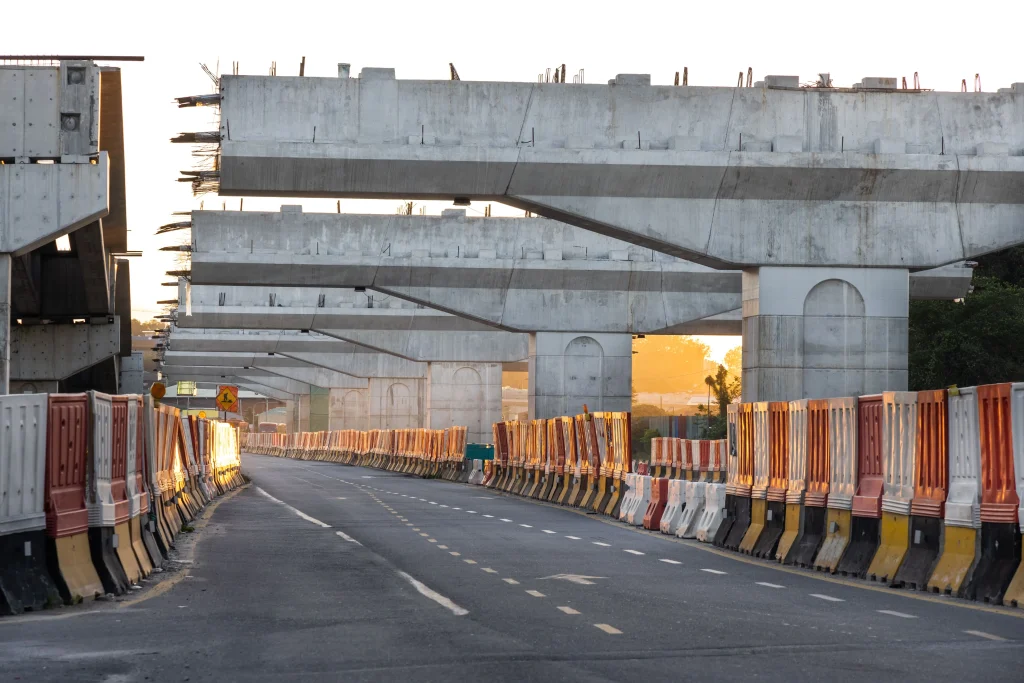
Dynamics of Housing Supply and Demand in the Philippines
Real estate markets are driven by the dynamics of housing supply and demand, which control the fine balance between the number of available housing units and the preferences of prospective tenants or buyers. This interplay controls price fluctuations and rental rates in urban environments. Prices rise as competition increases and supply cannot keep up with demand. On the other hand, an excess of something can cause prices to stabilize or even drop. These dynamics are influenced by a number of variables, including government policies, economic conditions, and population growth in the Philippines.
Increase in supply
A rise in construction activity leads to the addition of new properties in the residential, commercial, and industrial domains, which in turn increases the total supply of real estate available for purchase. The delicate balance between supply and demand may be impacted by this supply explosion, which could put downward pressure on rental rates and property values as availability exceeds demand. On the other hand, more building could help ease shortages in places where demand is high and supply is constrained, stabilizing or slowing price increases. Consequently, it is imperative to comprehend the dynamics of construction growth in order to predict changes in the rental and pricing landscape of the real estate market.
Urbanization Trends: Smart building and district retrofitting for intelligent urban environments
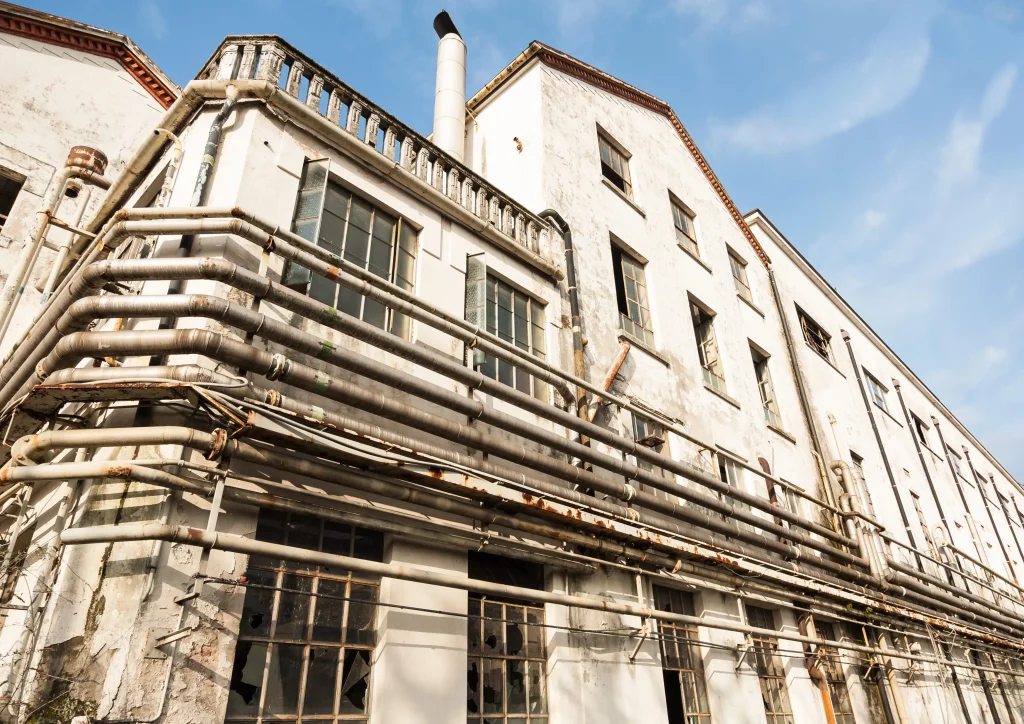
Ingenious tactics like smart building and district retrofitting are used to create intelligent urban environments that put efficiency, sustainability, and connectivity first. Advanced sensors, automation systems, and data analytics are all combined in smart building technologies to maximize energy efficiency, boost building performance, and improve occupant comfort. These ideas are applied to entire urban areas through district retrofitting, which focuses on smart grid deployment, integration of renewable energy sources, and infrastructure upgrades. Smart technologies can be retrofitted into existing buildings and infrastructure to reduce energy consumption, lower carbon emissions, and improve overall livability in cities. These programs encourage economic growth and enhance the standard of living for locals while promoting more resilient and ecologically friendly urban landscapes in the Philippines.
Infrastructure Development and Property Values
New infrastructure projects frequently improves accessibility and connectedness, elevating the appeal of neighborhoods as places to live and work. Because of this, property values close to these developments typically rise, reflecting the advantages of better access to utilities and transportation. Additionally, infrastructure improvements can draw in businesses and boost the local economy, which will increase demand for real estate in the surrounding areas of the Philippines. On the other hand, shoddy or inadequate infrastructure can have the opposite effect, depressing real estate prices and investment opportunities. In order to take advantage of opportunities and promote sustainable urban growth, real estate investors, developers, and legislators must comprehend the connection between infrastructure development and property values.
New Construction Technologies and Innovations
Building Information Modeling (BIM), robotic automation, 3D printing, and modular construction methods are just a few of the innovations that are changing the way buildings are planned, built, and maintained. Construction companies can speed up project completion, cut labor costs, and increase efficiency by utilizing automation, robotics, and advanced materials. Additionally, technologies like BIM help project stakeholders collaborate more effectively, which enhances project coordination and lowers errors during the construction phase. Consequently, quicker project completion, reduced construction costs, and better-quality buildings that satisfy investors’ and tenants’ changing needs are all advantages for real estate developers. It is imperative to adopt these technological innovations in order to maintain competitiveness in the quickly changing real estate market of today.
The Virtual Construction Market Sees Rapid Growth
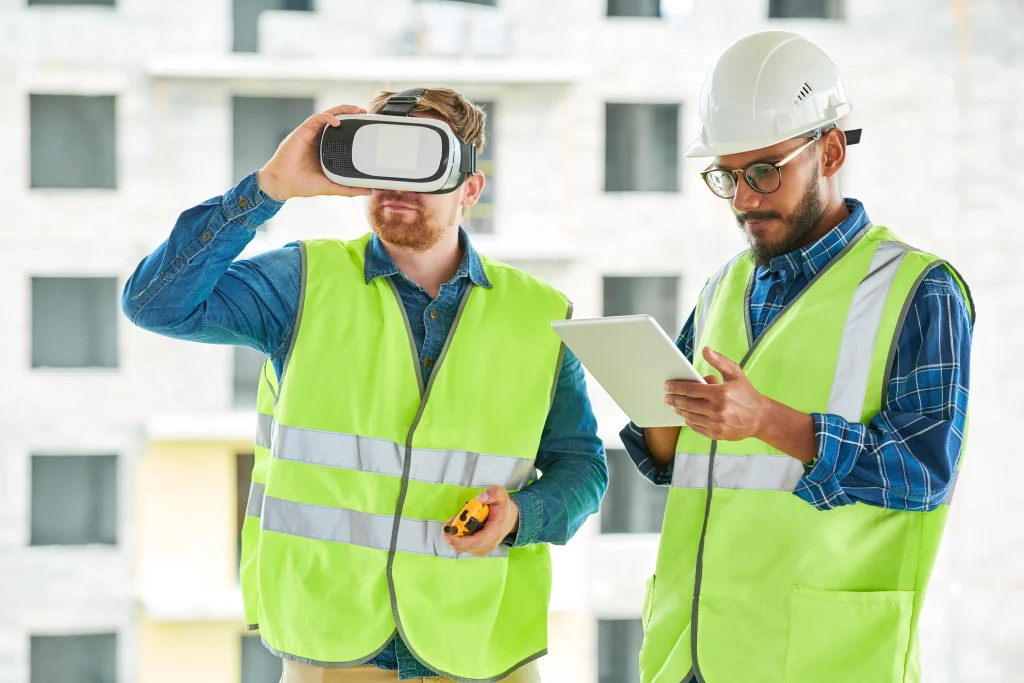
There has probably been a rise in demand for technology and solutions that streamline the construction process since construction has emerged as the main driver of GDP growth during this time. Effective project management, design, and collaboration tools are necessary given the spike in construction activity that has been observed in both the public and private sectors. The market for virtual construction, which includes technologies like augmented reality (AR), virtual reality (VR), and building information modeling (BIM) that are used to improve project outcomes, improve communication, and streamline construction workflows, is expanding as a result of this demand. The virtual construction market is expected to grow further in response to the industry’s changing demands as the construction sector continues to grow.
Smart Cities Change the Way Construction Companies Operate
By changing the way construction companies operate, smart cities are transforming the construction sector. Modern technologies like artificial intelligence (AI), big data analytics, and the Internet of Things (IoT) are being integrated into construction processes to make them more economical, sustainable, and efficient. Real-time construction site monitoring, proactive infrastructure maintenance, and resource allocation optimization are made possible by these technologies. Furthermore, green building materials and renewable energy solutions are being adopted by construction companies as a result of smart cities’ emphasis on eco-friendly practices. In addition, the cooperative character of smart city initiatives promotes alliances among building companies, technology suppliers, and urban planners, stimulating creativity and propelling the sector toward a future more interconnected and robust.
Source reduction and waste minimization in construction industry
The country’s Source reduction and waste minimization in the construction industry entail implementing strategies to reduce waste material generation during the development of construction projects while also reducing overall waste production. This includes practices such as optimizing material usage, implementing lean construction principles, and encouraging the reuse and recycling of construction materials. Construction companies can reduce their environmental impact, conserve resources, and potentially lower project costs by reducing waste at the source and implementing efficient waste management techniques. These initiatives are consistent with global sustainability goals and can help the construction industry’s long-term resilience and viability.
Waste Management Practices
Practices include several key components, such as efficient sorting and segregation of various types of waste materials on construction sites to facilitate recycling and reuse. Recycling and reusing materials like concrete, metals, and wood not only reduces waste in landfills, but also helps to conserve resources and promote environmental sustainability. Furthermore, responsible disposal of non-recyclable waste through partnerships with waste management companies ensures regulatory compliance and reduces negative environmental impacts. Implementing waste reduction strategies, raising awareness among construction workers, and implementing sustainable practices are all part of effective waste management in the construction industry, which fosters a greener and more sustainable approach to construction projects.
Construction Market Segmentation by Sectors in the Philippines
Establishing homes, apartments, and condominiums to satisfy the population’s housing needs is referred to as residential construction. Buildings that serve the needs of businesses and tourists, such as offices, shops, and hotels, are the main focus of the development of commercial construction. The building of transportation networks, such as highways, bridges, ports, and airports, as well as utilities, such as energy and water supply systems, is known as infrastructure construction. These networks are necessary for urbanization and connectivity. To support industrialization and trade, industrial construction includes buildings for manufacturing, warehousing, and distribution. Last but not least, institutional construction includes government, healthcare, and educational projects that support public services and social welfare.
The Economic Impact for the real estate industry
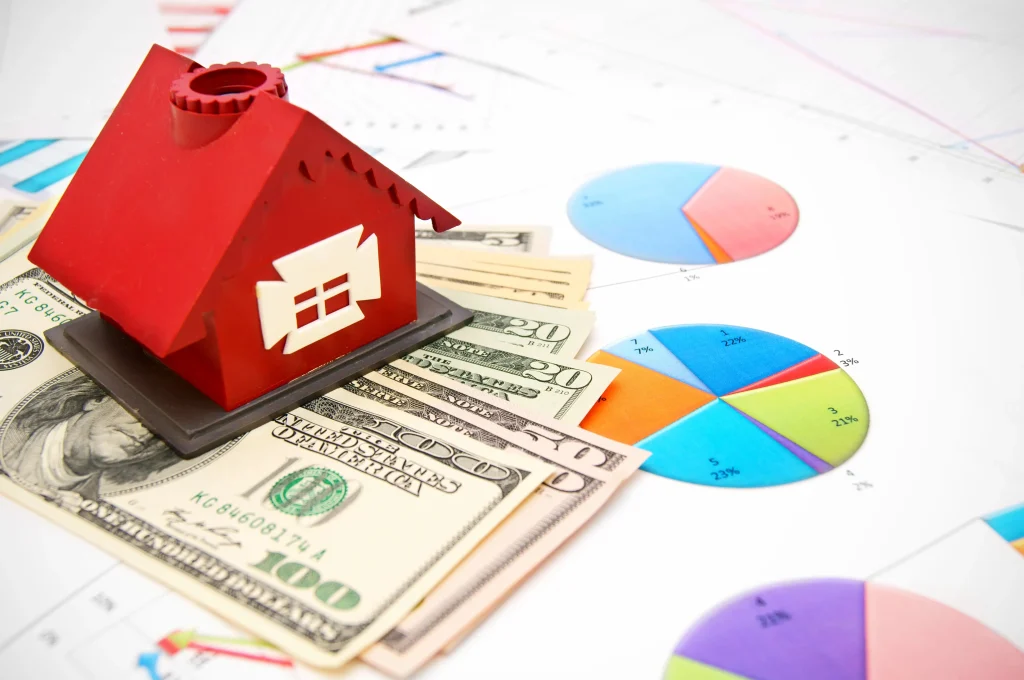
The construction industry serves as one of the primary drivers of economic growth, contributing significantly to the country’s GDP, employment, and tax revenues. With the rapid expansion of residential construction projects, the sector not only boosts the value of the real estate market but also creates numerous job opportunities across various skill levels. By increasing demand for goods and services and drawing investments, the construction sector is essential to promoting economic prosperity in local communities. Understanding the economic impact on the construction growth is essential for policymakers and stakeholders in formulating strategies to sustainably leverage the sector’s potential for broader economic development. As such, fostering a supportive environment for construction activity remains paramount in the pursuit of long-term economic prosperity.
The economic stimulus
Real estate developers and investors find a lot of investment opportunities in the construction industry, which also contributes to economic growth. Emerging economies with thriving building industries might offer advantageous circumstances for real estate development and even higher returns on investment. Gaining insight into the workings of the construction industry is essential to spotting profitable investment opportunities and profiting from new developments in the real estate market. For this reason, staying up to date on market demands and construction activity levels is crucial for making wise investment choices in the real estate sector.
Sustainable Construction practices
These practices cover a wide range of tactics meant to reduce energy use, lessen the negative effects of construction projects on the environment, and increase the built on the environment’s overall sustainability. By utilizing energy-efficient technologies and renewable materials, as well as optimizing building designs for natural daylighting and ventilation, sustainable construction initiatives will be changing the way that construction projects are carried out and shaping consumer preferences. Furthermore, with support from the government, the emergence of green building certifications like BREEAM (Building Research Establishment Environmental Assessment Method) and LEED (Leadership in Energy and Environmental Design) highlights the industry’s commitment to sustainability and provides a framework for assessing and benchmarking environmental performance.
Real estate developers are adopting sustainable practices to set their projects apart, increase market appeal, and protect their investments from changing environmental and social factors as sustainability becomes more and more essential to the growth of consumer preferences and regulatory requirements.


